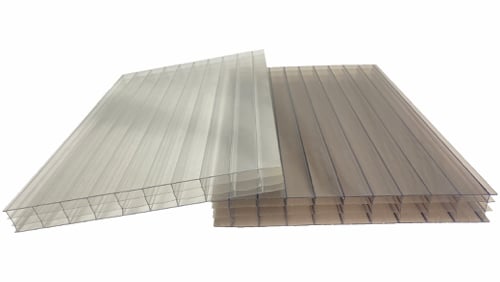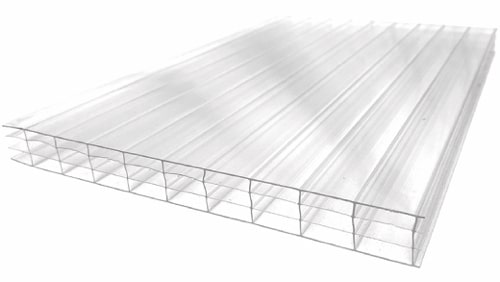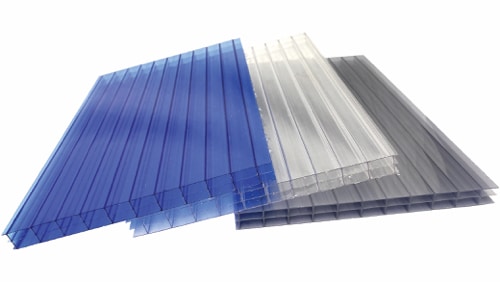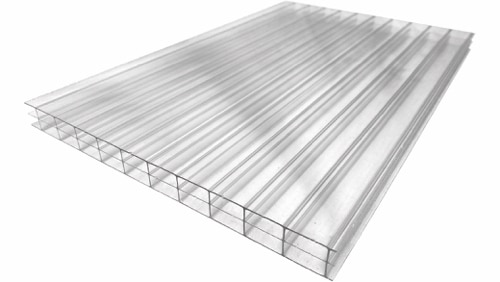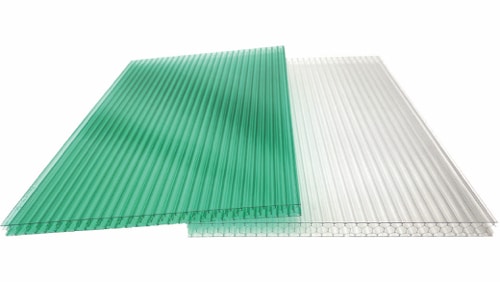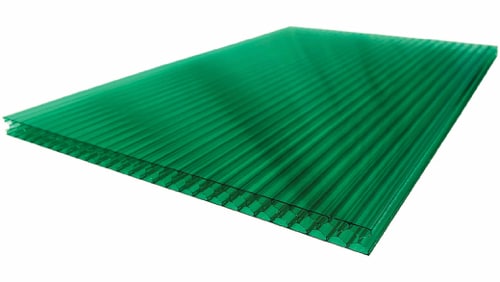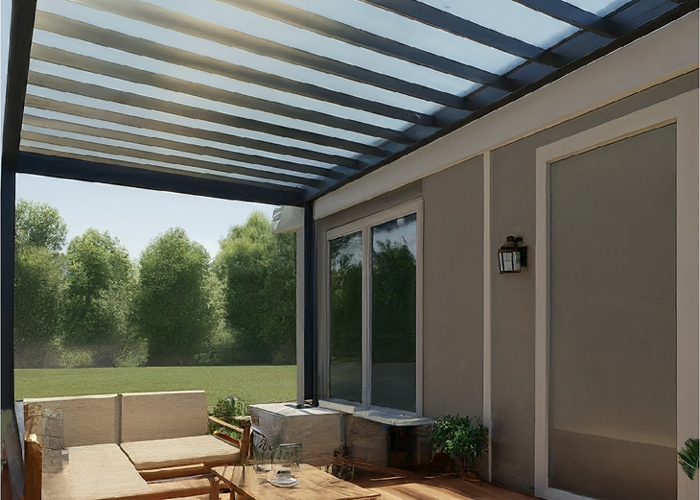Understanding Translucent Roofing Sheets Materials
The term Translucent, and also Transparent, are terms used to describe the way light interacts with objects and materials, and in short, how much light passes through.
Generally speaking, they are used to represent different levels of light transmission and diffusion.
Translucent materials allow some light to pass through, but are scattered and diffused during the process.
This means that while light passes through, objects cannot be seen clearly from the other side or vice-versa, meaning that shapes and details are obscured due to the scattering of light.
Polycarbonate: The Versatile Choice for Translucent Roofing Sheets
It is no secret that polycarbonate is among the most transparent of all plastic materials that is commercially available on the market, with a visible light transmission rate exceeding 88%, which can be made even higher via various post-processes.
Polycarbonate is used extensively throughout our daily lives in architectural glazing, roofing sheets, safety barriers, electronics, automotive, aerospace, and aquatic applications, to name a few. However, there are times where transparency might be the exact opposite of what’s required, but polycarbonate still being the best material to use due to its other fantastic properties such as impact resistance, lightweight, or design flexibility. This is where translucent polycarbonate sheets come into play.
(Read more: Polycarbonate Properties | A Must-Read PC Material Guide)
When talking about roof glazing, the most important aspect is how much light comes through and how it come through as. Since VULCAN clear polycarbonate sheets transmit more than 88% of visible light and considered transparent, almost all wavelengths within the solar spectrum, except for ultraviolet rays (UV rays) which are absorbed by high concentration UV and Light Stabilizers, pass through. This is what we call natural lighting, natural lighting is always accompanied by direct light penetration, heat, and glare, which is always welcome at colder climate regions where daylight is scarce most parts of the year, but definitely what people living in Tropical or Sub tropical regions want to avoid.
Benefits of Translucent Roofing Sheets
When it comes to modern roofing solutions, translucent roofing sheets have emerged as a game-changing option that offers a unique blend of functionality and aesthetic appeal. These innovative materials harness the power of natural light while mitigating the drawbacks often associated with traditional transparent glazing. By understanding the compelling benefits of translucent roofing sheets, building designers, architects, and homeowners can unlock a new world of possibilities for their projects.
Translucent roofing sheets offer several benefits:
- Natural Lighting: They allow natural sunlight to enter the space below, reducing the need for artificial lighting during the day and creating a more comfortable environment. At the same time, being translucent also means that the uncomfortable burning sensation and eye damaging glare that comes from direct sunlight penetration is reduced to none.
- Energy Efficiency: The use of natural light can help reduce energy consumption, as less artificial lighting is required.
- Aesthetic Appeal: Translucent roofing can add a unique aesthetic to a building by creating interesting patterns of light and shadow.
- Diffusion of Light: These sheets often diffuse light, reducing glare and creating a softer, more even illumination. The extra haze continues to provide good light transmission, but at the same time offer privacy, which is an excellent choice for indoor dividers or architectural glazing.
The beauty of clear polycarbonate roofing sheets is that its clear transparent property can easily be mechanically or chemically tuned to become translucent roofing sheets. The finished translucent roofing sheet product will still provide high visible light transmission rates, but in a soft, diffused setting, eliminating any burning sensation that comes with direct light penetration, and at the same time provide high haze, which eliminates vision impeding glare.
(Read more: Clear Pergola Roofing | The Benefits of PC Pergola Roof Panels)
Explore VULCAN’s Translucent Polycarbonate Roofing Sheets
VULCAN offers translucent polycarbonate sheets that are capable of either diffusing direct light, lowering heat, reducing glare, doing both, or having all three properties combined in one sheet.
Diffused, Indirect Light Penetration:
VULCAN Valuview Opal Polycarbonate Sheets
VULCAN LiteGuide Polycarbonate Sheets
Diffused, Indirect Lighting + Reduced Glare + Heat Reduction
VULCAN Pearly Polycarbonate Sheets
Shaded Light + Reduced Glare + Heat Reduction
VULCAN Ti-Lite Series Polycarbonate Sheets
For more information on how to choose polycarbonate translucent roofing sheets, or polycarbonate sheet material choices in general,
, please visit the VULCAN Polycarbonate Material Properties Guide.
Related articles:
Size of Polycarbonate Sheet Selection : How to Choose correctly
What is Polycarbonate Roofing? Pros and Cons List
Polycarbonate Heat Resistance: Part 2 – Applications & Solutions

